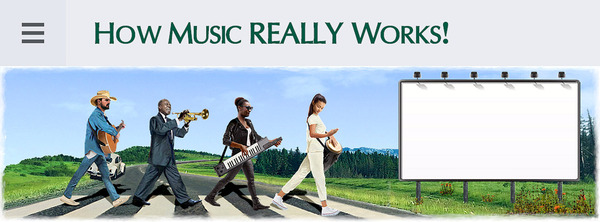You Are Reading the First 6 FREE Chapters (470 pages)
2.6.13Swing Music and the Big Band Era
Origins
Jazz bands grew bigger and bigger in the 1920s and 1930s. Big band music became its own style of jazz.
Swing was actually a short-lived dance music era (sometimes called the big band era), not a style or genre of music. It began in 1935.
Breakout
Big band arrangers orchestrated many Broadway tunes for their swing orchestras. Audiences went crazy for dancing to big band music. By the late 1930s, swing was king, and Benny Goodman was the king of swing. He pioneered mixed-race big bands.
Crest
The swing era crested in the first half of the 1940s. Then, with the end of World War II, swing abruptly fizzled out. The big bands broke up and by 1946, the swing era was over for good. Jazz, however, continued on as a mainstream musical genre.
Although swing was more a dance era than a genre of music, it is represented on the GSSL as a “genre” simply to emphasize the impact of the 11 years of the swing era in popular music. Swing marked the height of the jazz age, when jazz was the most popular of all the American popular music genres. Many songs of the swing era became standards.
Bands of the swing era introduced electric guitars and big drum sounds that found their way into club-centred music. These sounds became important elements of R & B. A typical swing band consisted of five saxophones, four trumpets, four trombones, piano, bass, drums, often rhythm guitar, and, later in the era, a singer, the most celebrated—deservedly—being Frank Sinatra.

